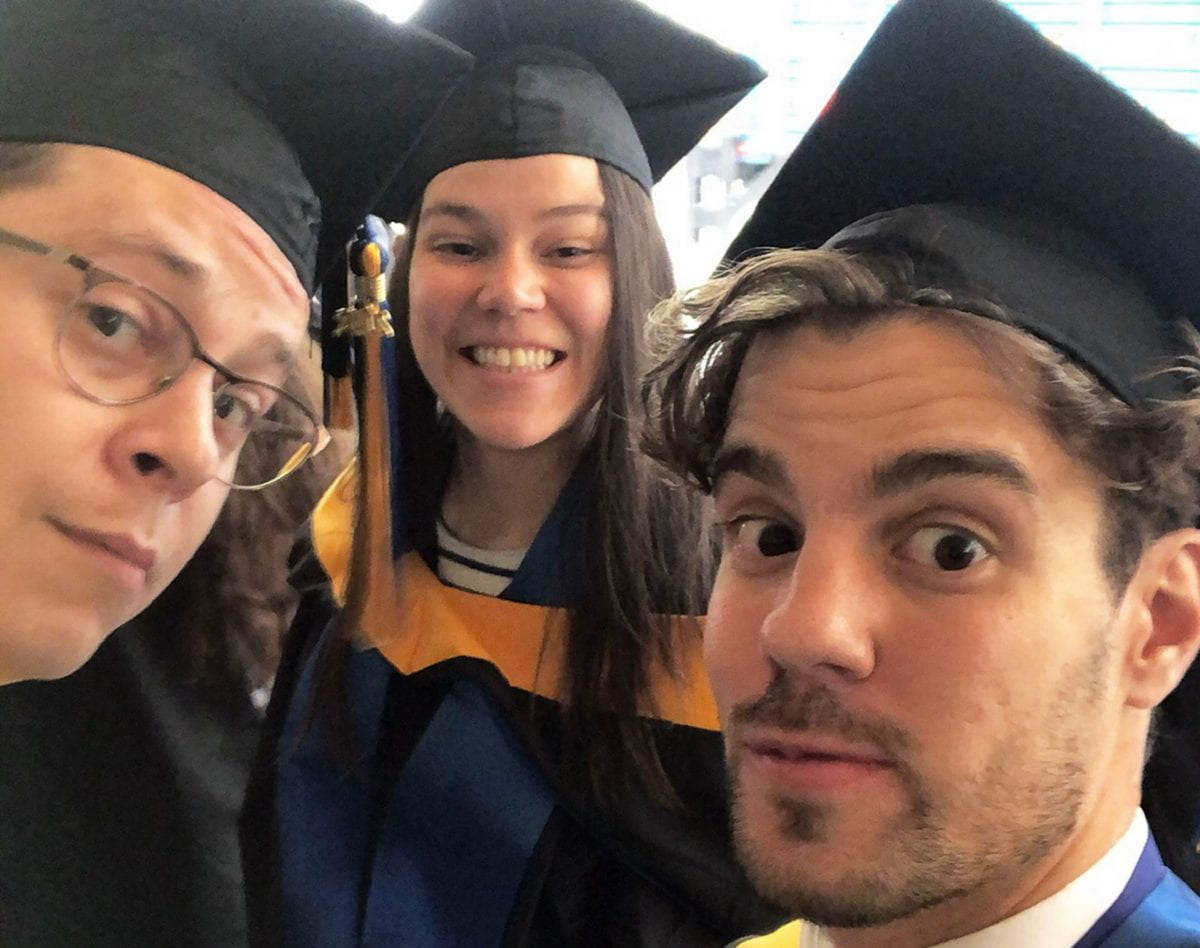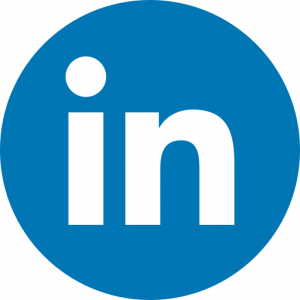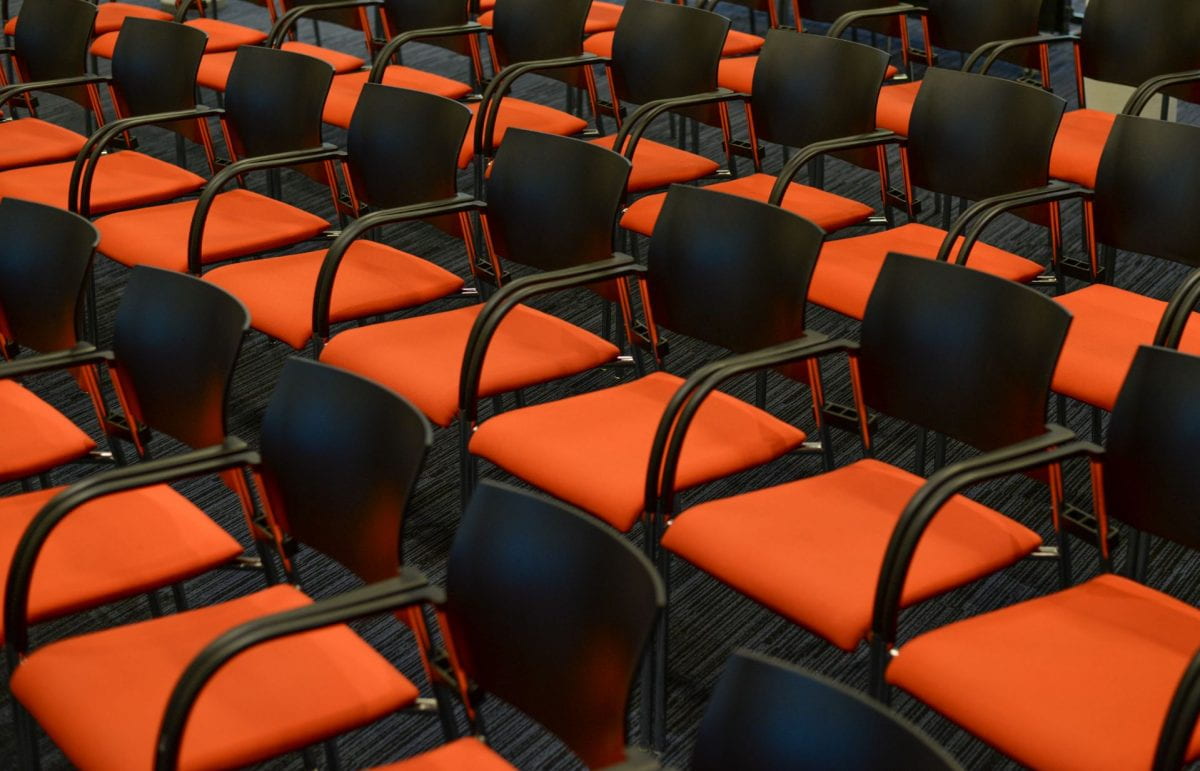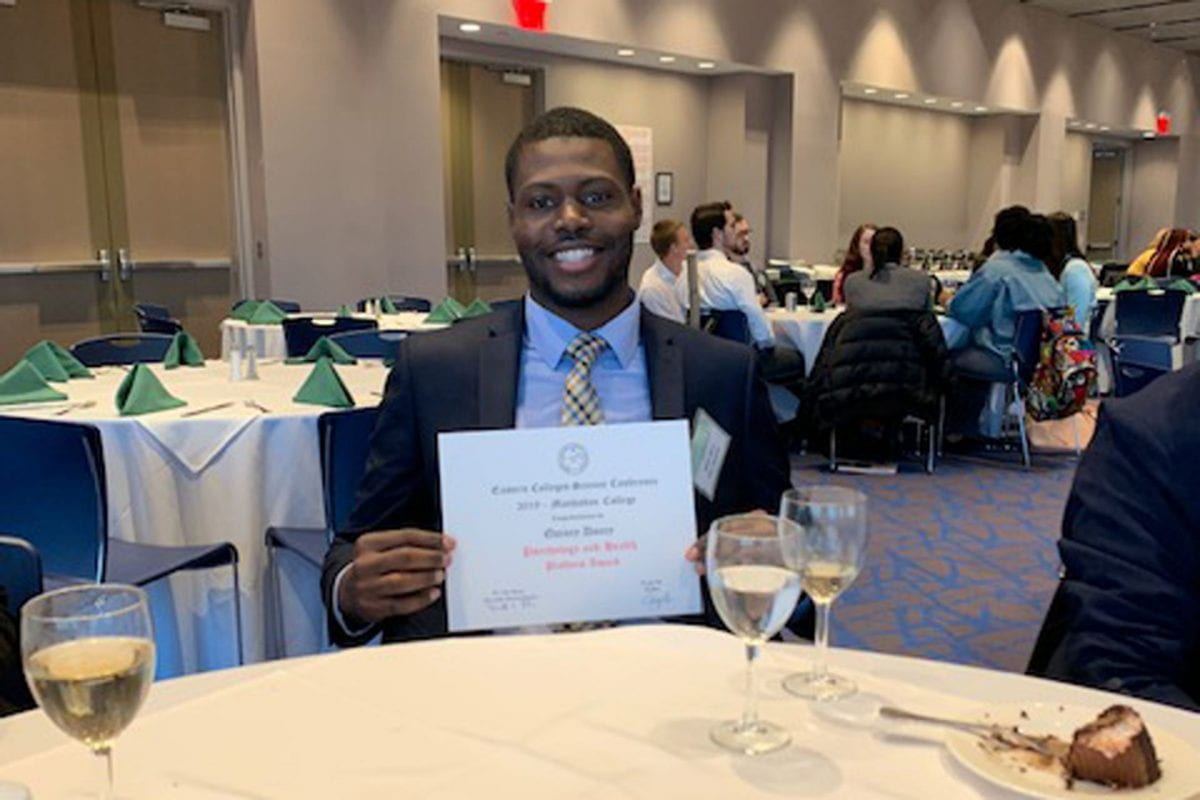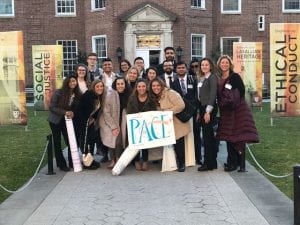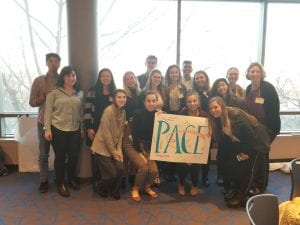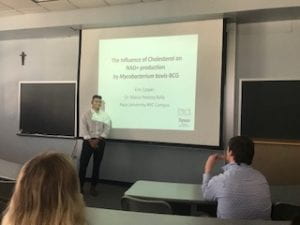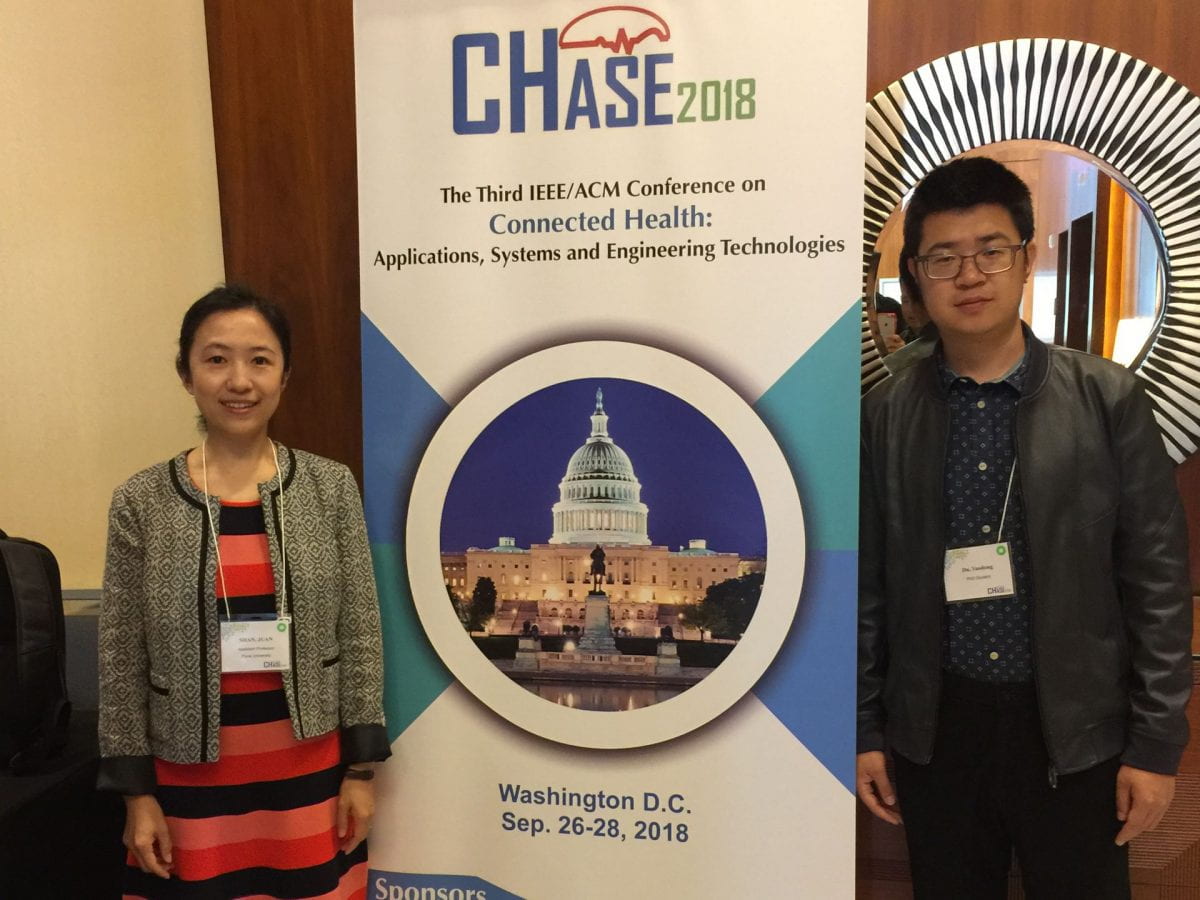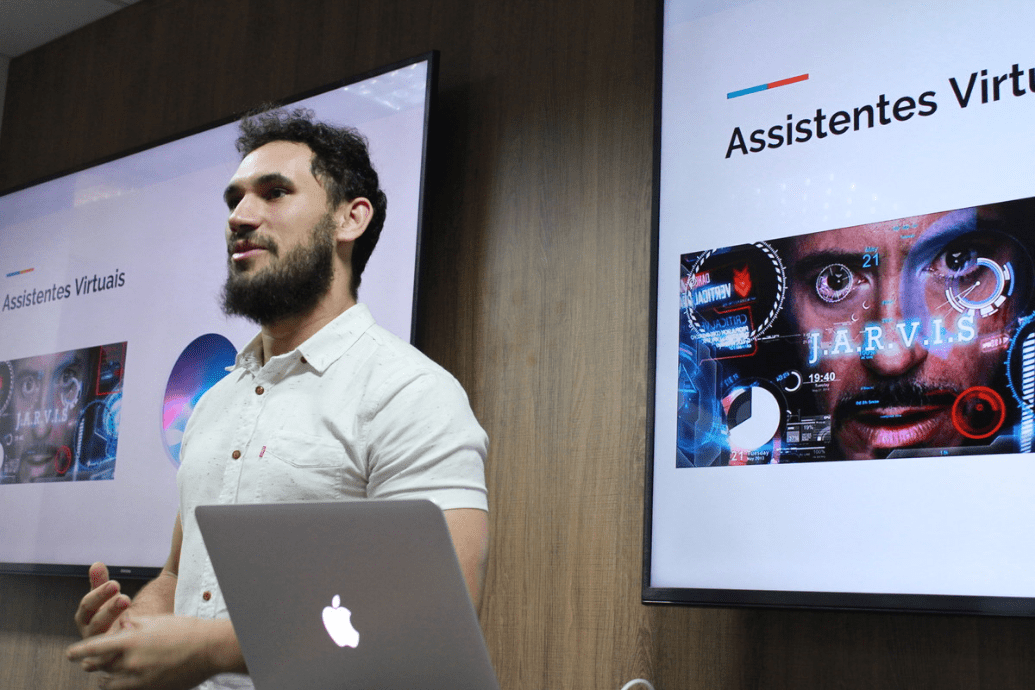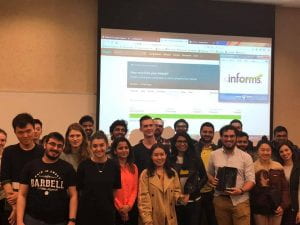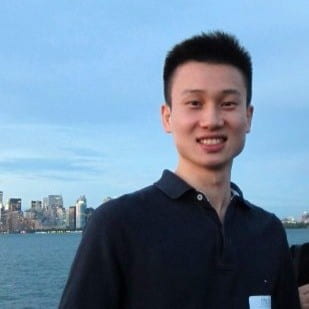Three former graduate students and current alumni from Pace University’s Seidenberg School of Computer Science and Information Systems intrigued Floridian officials with a paper they wrote and presented in Miami in July 2018.
The alumni in the Software Development and Engineering program, Dionysios Kakaroubas, Jesseka Farago, and Stephen Webber, wrote a research paper on the topic of tennis scoring and ranking. Dionysios started the project because of his fascination with the sport.
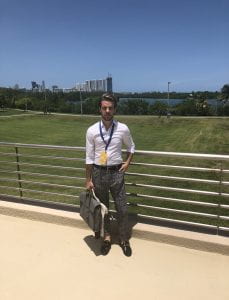
“I’ve been a tennis fan since I was a little kid, so I know how the system works right now and how the current ranking system is. I know that many fans and players complain about it, so I knew that there were flaws with it. I wanted to develop a new formula so I could make a new version of it to eliminate these flaws,” Dionysios explains. “If you have more losses, [with our system] you cannot be higher up in the rankings. This is happening right now and all of the fans are complaining about it.”
The team developed a new system to improve the way tennis rankings are generated. Instead of using one attribute to determine only rank and scoring, they tested their theory that using the following three attributes would make a better system: abstention, number of tournaments played, and “bonus points for multiple wins in high-level tournaments.”
“We also developed a scenario generator,” Dionysios says. “It is a piece of software that predicts the different outcomes of different rounds of a tournament.”
They presented their software and a paper titled, The Enhancement of the Tennis Ranking System: A Software Solution, in July 2018 at the International Conference of Sports and Society in Miami.
The presentation gained the attention of Mathew Ratner, Associate Director of Sports Tourism at the Greater Miami Convention and Visitors Bureau. Kakaroubas is currently communicating with Ratner about how to integrate the Pace group’s new ideas into Florida’s tennis ranking system.
After presenting their paper in Miami, the group decided to reach out to a conference in Kyoto, Japan. They were accepted to attend and present at the conference in November of 2018!
In Kyoto, the team presented the latest draft of their research paper titled, An Elaborated Software Solution: The Tennis Ranking System, at the 20th International Conference on Sport Science and Social Science in Sport.
“The Kyoto experience was one of a kind. We had the opportunity to meet people who are involved in organizing the Olympics’ tennis Championships for Tokyo 2020,” Dionysios exclaims. “We also discussed Japan having its own national tennis league with a separate ranking system than the World Tour one. That was great feedback for us and our publication. There is a recognition that our work could potentially have a worldwide impact and can be placed in any country, culture, and part of the world.”
The latest version of the paper adds in two more attributes for scoring and ranking: consecutive wins and consecutive losses. The team also accounts for the surface that the game is played on with three different options: clay, grass, or a hard surface. With a total of five attributes contributing to the final score and taking the playing surface into account, the team’s system is stronger than the existing tennis ranking system.
As for the future, Dionysios says that he and the rest of the team are “planning to develop this project. Not just in the paper, but to bring it to real life in a real-life project.”
The team is still in touch with contacts from both Florida and Japan. According to Dionysios, they’re looking to start a new state league within the next year in Miami.
“I am really satisfied and happy with what we have achieved so far. Our paper got and [is] still getting a lot of attention and a promising future seems to be ahead! My idea, our work ethic and efforts seem to pay off!”
As they continue to develop the software, the team will work to make the tennis ranking system better for current and future players. Keep your eyes on their names, because they’re serving the sport with a game-changing product.
Follow us on social media for updates!


